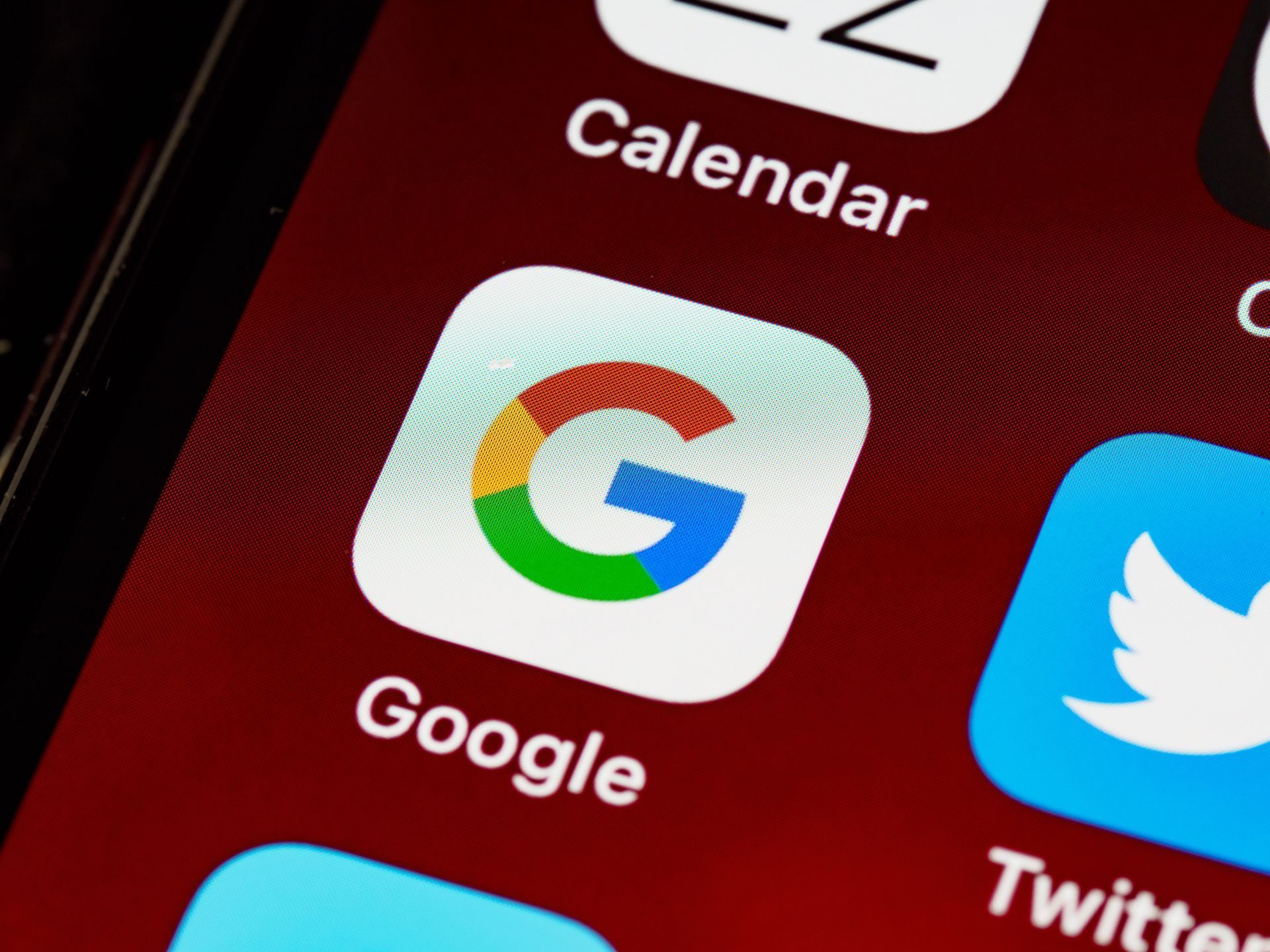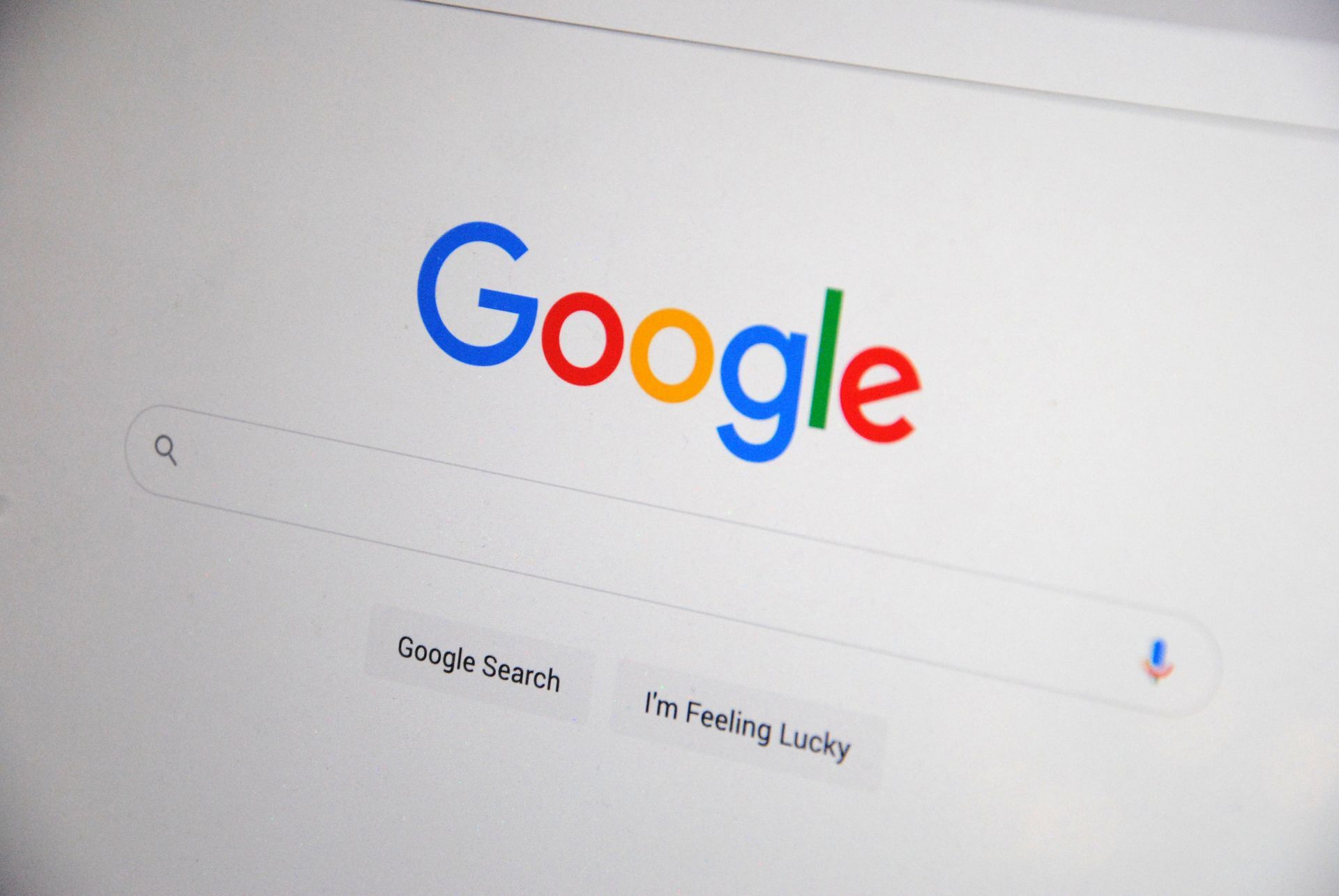- Google has made changes to its Search service to make it easier for consumers to manage their personal information.
- When sensitive information emerges in Search, a new dashboard will notify users and provide them the option to ask for its removal.
- For improved speed in locating and eliminating personal information from search results, the “results about you” function has been enhanced.
- In order to give people greater control over their online profile, Google is expanding the ability to delete non-consensual pornographic photographs to also include images that have been mutually agreed upon.
- Now that explicit photos are blurred by default in SafeSearch, users may search with more security.
- With particular search phrases, accessing parental controls through Search will become simpler, making it simpler for parents to regulate online material for their kids.
In order to make it simpler for users to manage the information about them that shows in results, Google has announced a number of modifications to the Search service. The business last year made a tool available to assist consumers remove search results that included their email, home address, or phone number. The “results about you” feature has since been upgraded by the business to improve its performance.
In the upcoming days, a new dashboard will be made accessible that will alert you when such sensitive information appears in Search. You may quickly ask Google to delete certain results after receiving a warning.
The business unveiled a Google One function earlier this year that can search the dark web to determine whether your personal data has been exposed in a data breach. This “results about you” update functions similarly, it appears. It should be simpler to preserve your privacy because it proactively identifies results that contain your personal information and assists you in removing them.

Google introduces push notifications for personal Info removal
By touching your profile picture and choosing “results about you” in the Google app, you may access the tool. You can also access it from a special webpage the business has created. Currently only available in English in the US, Google soon hopes to make the tool available worldwide.
In a similar vein, Google is making updates to a tool that helps users remove obscene pictures of themselves. People have had the ability to ask the corporation to remove non-consensual pornographic photos from search results for a very long time. It is now extending that rule to cover mutually agreed-upon images.

Maybe you formerly submitted graphic images of yourself to a website, but now you no longer want them to be seen. If the picture has been used without permission elsewhere, you may now ask Google to remove it from search results if you remove it from that website. The business points out that any content you’re still selling is exempt from the policy.
Owners of websites that deal in explicit pictures frequently report information from other sources. Although such information won’t disappear totally from the internet, removing it from Google Search results may make it more challenging for users to locate. To get started, type “request removals” into the Google help center.

SafeSearch upgrade: Google to blur explicit Images by default
Google is also releasing upgrades for SafeSearch and parental controls on top of all of that. Google stated earlier this year that it will start blurring explicit images, which it defines as pornographic or graphic violent content, by default in search results this month. Unless a parent or a school network administrator has locked the setting on your account, you should be able to off SafeSearch blurring from your settings.
Last but not least, accessing parental controls via Search will be a lot simpler going forward. You may use a search term like “Google parental controls” or “Google family link” to get a popup with instructions on how to change the settings.
Do you know why does Google hate me?
Featured image credit: Mitchell Luo/Unsplash.





